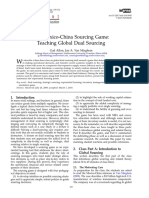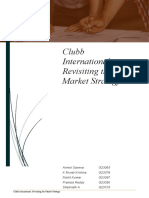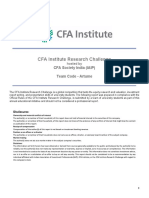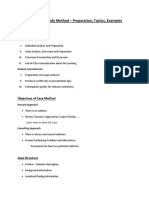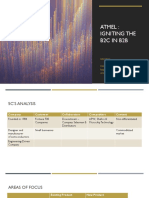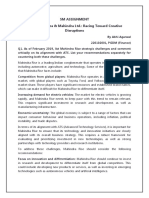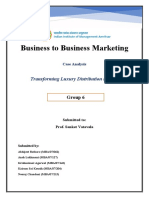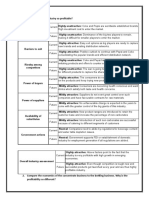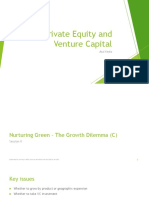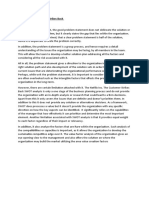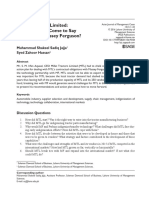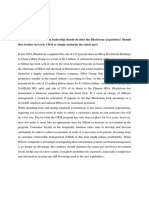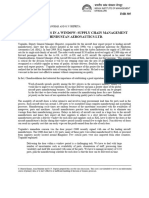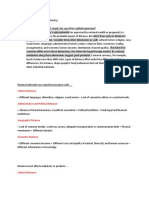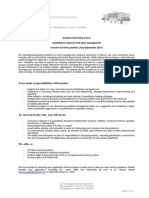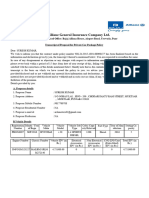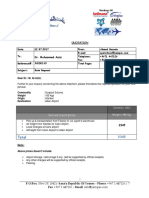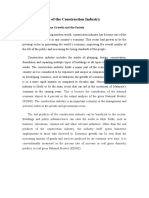0% found this document useful (0 votes)
675 views33 pagesGlobal Expansion: Distance Matters
Distance still matters for businesses expanding globally, as analytic tools often underestimate the costs and risks of operating in foreign markets created by cultural, administrative, geographic, and economic barriers between the home and host countries. These dimensions of distance, as framed by the CAGE framework, need to be explicitly considered by managers when evaluating international investments and expansion opportunities to avoid erroneous decisions. Properly accounting for all aspects of distance using tools like the gravity model can help companies better assess their chances of success when expanding operations across national borders.
Uploaded by
kareenabhatiaCopyright
© © All Rights Reserved
We take content rights seriously. If you suspect this is your content, claim it here.
Available Formats
Download as PPTX, PDF, TXT or read online on Scribd
0% found this document useful (0 votes)
675 views33 pagesGlobal Expansion: Distance Matters
Distance still matters for businesses expanding globally, as analytic tools often underestimate the costs and risks of operating in foreign markets created by cultural, administrative, geographic, and economic barriers between the home and host countries. These dimensions of distance, as framed by the CAGE framework, need to be explicitly considered by managers when evaluating international investments and expansion opportunities to avoid erroneous decisions. Properly accounting for all aspects of distance using tools like the gravity model can help companies better assess their chances of success when expanding operations across national borders.
Uploaded by
kareenabhatiaCopyright
© © All Rights Reserved
We take content rights seriously. If you suspect this is your content, claim it here.
Available Formats
Download as PPTX, PDF, TXT or read online on Scribd
/ 33
